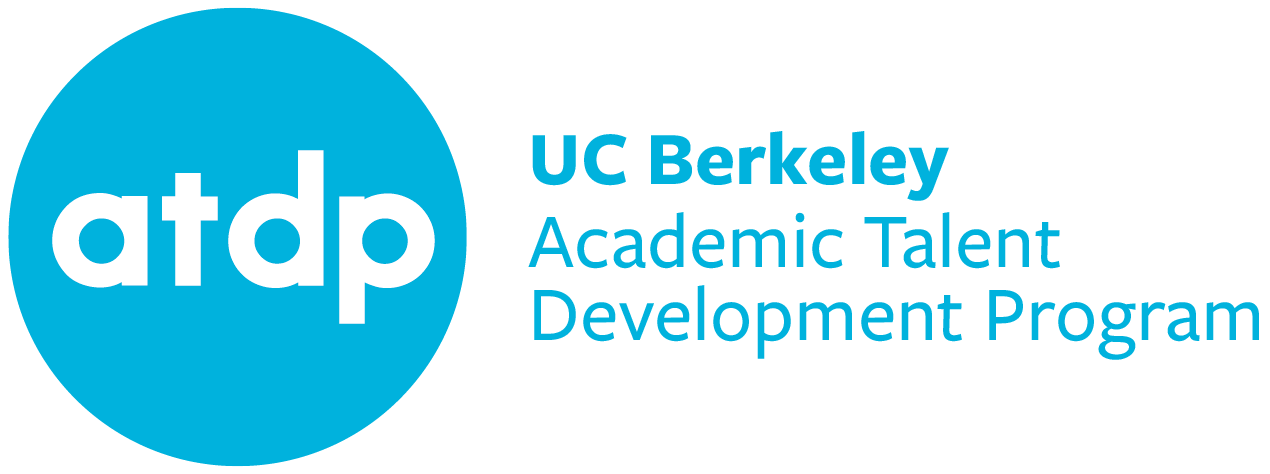How Students and Teachers Teach Us About Learning
Any teacher, student, administrator, or counselor involved with ATDP will tell you without hesitation that the program exists to serve students. Many of those same folks might also tell you that ATDP’s primary purpose would put it into opposition to the role of educational researchers. They might also assert that education practitioners and researchers live in two separate cultures, separated by a wide chasm. In the 1960s and 1970s, “researchers, practitioners, and policymakers [in education]… assumed a linear relationship in which research precedes and informs practice” (Coburn, Stein, 2010). In other words, researchers had labs, and teachers had classrooms, and the hard part was to get new knowledge about effective teaching out of the labs and into the classrooms.
This linear research model might look a little something like this:

This gap between educational theory and practice is the stuff of legends. Year after year, educational heroes set out to cross the chasm, but their focus is unidirectional: scholars ask how best to improve research within the lab setting and how best to digest it and feed it to teachers. For a teacher, the very real task of connecting with hundreds of students with varying levels of focus, preparation, and interest can seem leagues apart from the concerns of the esoteric researcher nestled safely in his office at the University.
Since those familiar with ATDP already know that its approach to gifted and talented education is different, it won’t be surprising that it subscribes to an entirely different research paradigm:
- Teachers are not baby birds; they should not need to be fed. Good teachers have the skill, knowledge, and direct experience to inform the research in their field.
- Research is not inaccessible, and neither are researchers. Many scholars in education have also been teachers, and they’ve certainly all been students. Anyone willing and able to ask relevant questions and find applicable answers can contribute.
- The linear model is concerned with translating knowledge, but almost forgets the point of the knowledge: helping students learn. Student learning is where research and classroom goals intersect, and student interaction is simultaneously the impetus, means, and objective for new knowledge. This is what fills the gap.
Our research model looks less like a line and more like this:

Currently engaged in this cycle is Adena Young, former student, instructor, and now Math Department Chair at ATDP. Over the years in the classroom, Adena (now Dr. Young) became curious about how students learn and how they think. She looked to ATDP classes and students for answers, and our math instructors are now working with Dr. Young’s findings to adapt classroom strategies and generate new questions.
Of course, this process is always in motion. In this issue, we’d like to share a two-part snapshot of the ATDP research cycle in action:
More on Research, Practice, and ATDP…
Coburn, C. E., & Stein, M. K.(Eds.). (2010). Research and practice in education: Building alliances, bridging the divide. Boulder, CO: Rowman & Littlefield Publishers, Inc.
Sosniak, L. A., & Gabelko, N. H. (2008). Every child’s right: Academic talent development by choice, not chance. New York, NY: Teachers College Press.
